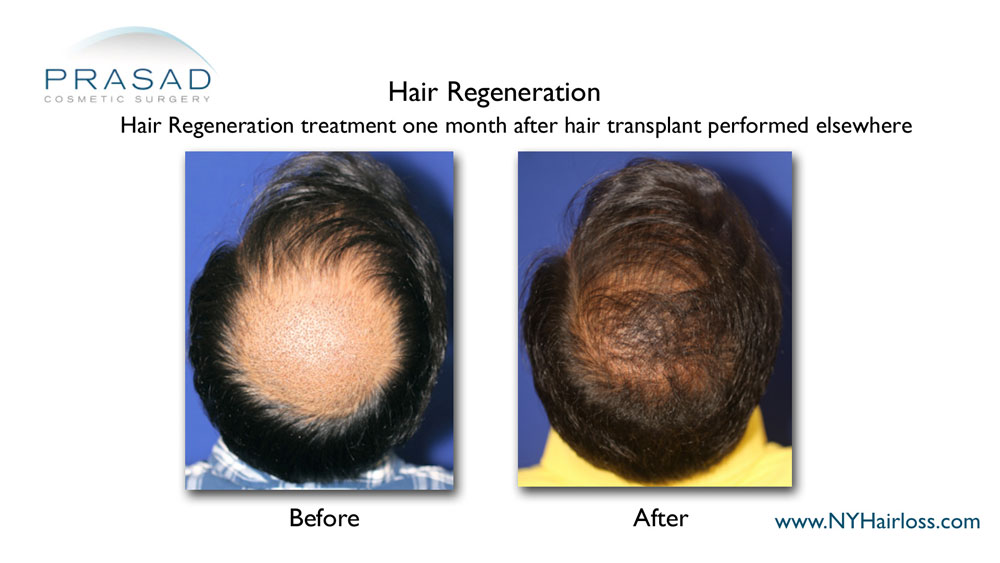Schedule Your Consultation with Dr. Prasad Here
- Home
- About Dr. Prasad
- Face & Eyes
Eyelifts
- Eyelid Surgery
- Eye lift Before and After Photos
- Asian Eyelid Surgery
- Upper Eyelid Surgery
- Upper Eyelid Hollow / Lower Brow Hollowing
- Under Eye Bag Surgery
- Eyelid Ptosis Surgery
- Transconjunctival Blepharoplasty
- Under Eye Fillers
- Eyelid Surgery Revision Specialist
- Thyroid Eye Disease
- Tear Trough Implants
- Eye Lift Questions and Answers
- Body
- Injectables
- Laser
- Hair Restoration
- Photos
- Hair Restoration Before and After Photos
- Eye lift Before and After Photos
- Upper Blepharoplasty Before and After
- Ptosis Surgery Before And After
- Facelift Before and After Photos
- Lip Enhancement Before and After Photos
- Under Eye Filler Before and After
- Blepharoplasty Before and After
- Lower Blepharoplasty Before and After Photos
- Eyelid Surgery Before and After
- Double Eyelid Surgery Before and After
- Contact Us
- Home
- About Dr. Prasad
- Face & Eyes
Eyelifts
- Eyelid Surgery
- Eye lift Before and After Photos
- Asian Eyelid Surgery
- Upper Eyelid Surgery
- Upper Eyelid Hollow / Lower Brow Hollowing
- Under Eye Bag Surgery
- Eyelid Ptosis Surgery
- Transconjunctival Blepharoplasty
- Under Eye Fillers
- Eyelid Surgery Revision Specialist
- Thyroid Eye Disease
- Tear Trough Implants
- Eye Lift Questions and Answers
- Body
- Injectables
- Laser
- Hair Restoration
- Photos
- Hair Restoration Before and After Photos
- Eye lift Before and After Photos
- Upper Blepharoplasty Before and After
- Ptosis Surgery Before And After
- Facelift Before and After Photos
- Lip Enhancement Before and After Photos
- Under Eye Filler Before and After
- Blepharoplasty Before and After
- Lower Blepharoplasty Before and After Photos
- Eyelid Surgery Before and After
- Double Eyelid Surgery Before and After
- Contact Us
Local Anesthesia with LITE™ IV Sedation for Hair Transplants
As a hair restoration specialist with years of practice and experience under his belt, Dr. Amiya Prasad sought to develop his own sedation method that would be both safe and beneficial for his patients. General anesthesia posed many risks with people being completely unconscious, and slowed recovery time for any surgery. Local anesthesia, on the other hand, allows faster recovery periods for the patient, but can prolong the actual surgery time because the patient is nervous and fully awake during surgery.
These reasons have motivated Dr. Prasad to spearhead the use of local anesthesia LITE™ IV sedation, which stands for “local”, “intravenous”, “tumescent”, with “ease of recovery”. Using local anesthesia with LITE™ IV sedation is a method used during hair transplant procedures in order to help patients relax, as well as help regulate their blood pressure. Oftentimes, an effect known as “popping” has been known to occur during hair transplant procedures wherein only local anesthesia is used. Patients can be fidgety or nervous because of surgery, causing a rise in blood pressure and bleeding, which can cause transplanted grafts to pop out. This occurrence causes patients to lose grafts during surgery, which will then need to be transplanted again. Popping grafts compounds the problem because it extends the time of surgery, damages transplanted follicles, and extends the time that hair follicle grafts are outside the body, which all have a profound effect on the long-term survival and growth of transplanted hair.

In order to avoid losing valuable grafts, Dr. Prasad’s local anesthesia with LITE™ IV sedation effectively calms the patient while still being semi-conscious, so that they feel no pain from surgery. A calm patient has lowered blood pressure during the transplant, so bleeding is minimized and grafts can be easily transplanted into the scalp upon the first try. This is important because it means that the donor hairs are out of the body for a lesser amount of time, thus increasing the efficacy of the hair transplant results.
This method of transplanting hair with the use of local anesthesia with LITE™ IV sedation results in higher hair density, because there are less complications, and is also less taxing on the patient as well. Keep in mind: the more properly transplanted hair grafts there are, the more successful the hair restoration becomes.
In addition to using local anesthesia with LITE™ IV sedation, Dr. Prasad increases hair graft survival by using the Hair Regeneration treatment. While Hair Regeneration is a non-surgical treatment for thickening thinning hair and stopping further hair loss on its own, it can be used during or after a hair transplant to increase graft survival, heal the donor area, thicken native hair, and prevent the need for multiple hair transplants. Follow the link to learn more about Hair Regeneration non-surgical treatment.


